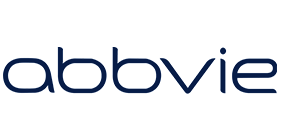Creating Experiences Users Truly Enjoy
We design websites, apps, and software that are intuitive, visually appealing, and keep users engaged.

Services
We design product interfaces that are easy to use, engaging, and tailored to your users. Our custom UI/UX designs help your brand stand out, improve user retention, and create experiences people enjoy.
User Experience Design (UX)
Creating intuitive user-focused designs centred on your target audience, ensuring smooth navigation and seamless journeys.
User Interface Design (UI)
Our UI design process creates visually appealing, functional interfaces that engage users and drive retention.
Desktop / Web App Design
Our team follows a user-first approach, creating visually appealing, intuitive, responsive websites that are easy to use.
UI/UX Design Development Process
Research & Analysis
Wireframing & Prototyping
UI Design & Development
Usability & Compatibility Testing
Final Release
















